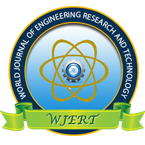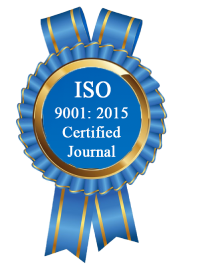| All | Since 2020 | |
| Citation | 172 | 110 |
| h-index | 7 | 5 |
| i10-index | 1 | 0 |
WJERT Citation 
Login
News & Updation
Abstract
EVALUATION OF HEIGHT ACCURACY FOR DIGITAL ELEVATION MODELS (DEMS) FROM HIGH RESOLUTION STEREO SATELLITE IMAGERY: (WV-3)
*Ismat M. Elhassan
ABSTRACT
variation description through Digital Elevation Models (DEMs) is quite commonly used for several applications especially in the field of Geographic Information Analysis (GIA). Many procedures are now used to prepare data for DEMs construction. These include classical ground surveying methods: levelling plus triangulation or traversing, total station and stereo images from air photos captured by aerial cameras. All these techniques would give very high accurate DEM, but they are very much time consuming and labor intensive. Recent techniques of space imagery techniques for capturing stereo images is the satellite borne WV-3. Although such remote sensing methods save a lot of time and expenditure the limitation is the accuracy. This paper addresses the elevation accuracy of DEM derived from WV-3 compared to that derived by total station observations. The test was carried for an area within King Saud University campus where imagery was available. Result show that DEM composed from WV-3 imagery is quite close in accuracy to that obtained from total station observations, and can thus be used for several applications including production of 1:5000 scale topographic maps, saving both money and time.
[Full Text Article] [Download Certificate]
